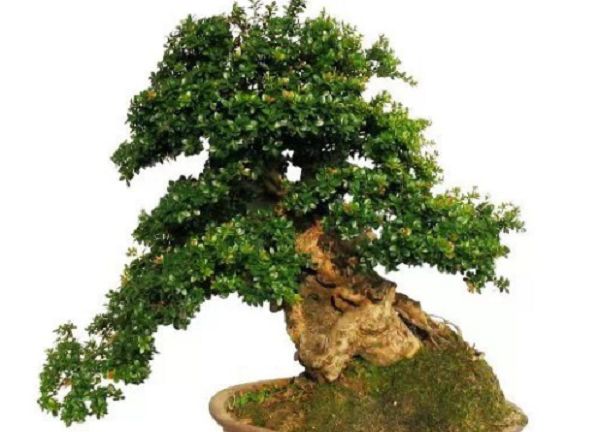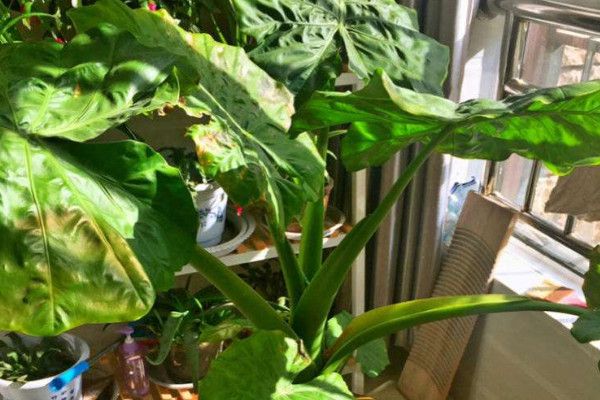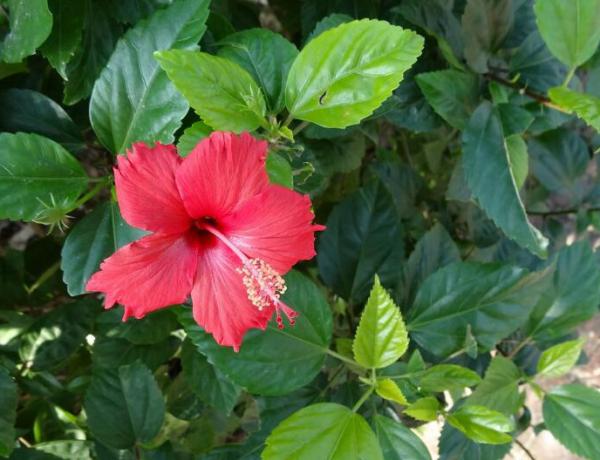Matters needing attention in digging Chimonanthus tree stump in the field

There are more than 20 species of alpinia paniculata. The classification is mainly based on the difference of leaf shape, leaf color and leaf arrangement. The growth and habits of red Phoebe with different leaf types and leaf colors are different. After more than ten years of observation, it is found that the ability to take a basin is stronger for those born at low altitude than those at high altitude; for those with dark leaves, it is stronger than for those with light leaves; for those with small leaves, they are stronger than those with large leaves; and those with sharp leaves are stronger than those with round leaves.
Some friends fail at the beginning of potted plants, often due to stump digging or improper embryo culture. A good bonsai must pay attention to the protection and maintenance of roots and branches from the beginning of pile digging. If you buy it on the market, you must choose piles with healthy branches (new branches have sufficient length) and bright skin colors. Generally speaking, it is easy to see the advantages and disadvantages of tree stumps that have been down the hill for more than 4 years. Therefore, it is very important to ask the downhill age before buying.
Chinan is evergreen all the year round, and the eye rest period is not obvious. it has sufficient nutrition and strong regeneration ability. it can be dug except summer, spring, autumn and winter, and it is the best before and after Qingming Festival. When digging stumps in the wild, you should pay attention to the following points:
1. Because of Chinan Xiyang, it generally grows in the barren mountains and barren land where the sun is leeward, and ideal tree stumps can often be found beside mountain roads and cliffs.
2. To dig up tree stumps in the wild, we should choose those old stakes that are old and strange, with twists and turns of strength, and hang their roots to reveal melons. Most of the red nuns are clumps, and the roots are strange, and they can be made to replace dry stakes with roots.
3. Chinan can be excavated without soil balls. If there is water on the mountain after excavation, the root of the stump can be soaked in water, and the stump can be wrapped and transported back with plastic when going down the hill. For larger stumps, the roots can be made into fake soil balls with field mud, and then wrapped in plastic and transported back.
4. The treatment of tree stump. After the stump is dug back, the injured root is cut off, and the bottom is cut off at one time according to the requirements of bonsai. But we should pay attention to the upper branch to leave more 5cm, because red Nan generally sprouts in the lower part of the saw section 5cm. After the shaping and pruning is in place, put the root of the stump into the mud mixed with rooting powder, and then plant it.
5. Billet cultivation. There are two kinds of planting: soil cultivation and pot planting. Red Nan does not have high requirements for soil, such as sand loess, vegetable garden soil and pond mud. The billet stage, especially in the early stage, must be deeply planted, that is, bury the soil above the root 10cm-15cm or so, spray water on the branches every morning, middle, and evening, and block the sun with a shade net. Generally, it can sprout in about a month. When the base of the new bud and the leaves turn dark green, it proves that the stump has sprouted new roots, and then the light can be gradually enhanced.
Related
- Fuxing push coffee new agricultural production and marketing class: lack of small-scale processing plants
- Jujube rice field leisure farm deep ploughing Yilan for five years to create a space for organic food and play
- Nongyu Farm-A trial of organic papaya for brave women with advanced technology
- Four points for attention in the prevention and control of diseases and insect pests of edible fungi
- How to add nutrient solution to Edible Fungi
- Is there any good way to control edible fungus mites?
- Open Inoculation Technology of Edible Fungi
- Is there any clever way to use fertilizer for edible fungus in winter?
- What agents are used to kill the pathogens of edible fungi in the mushroom shed?
- Rapid drying of Edible Fungi



